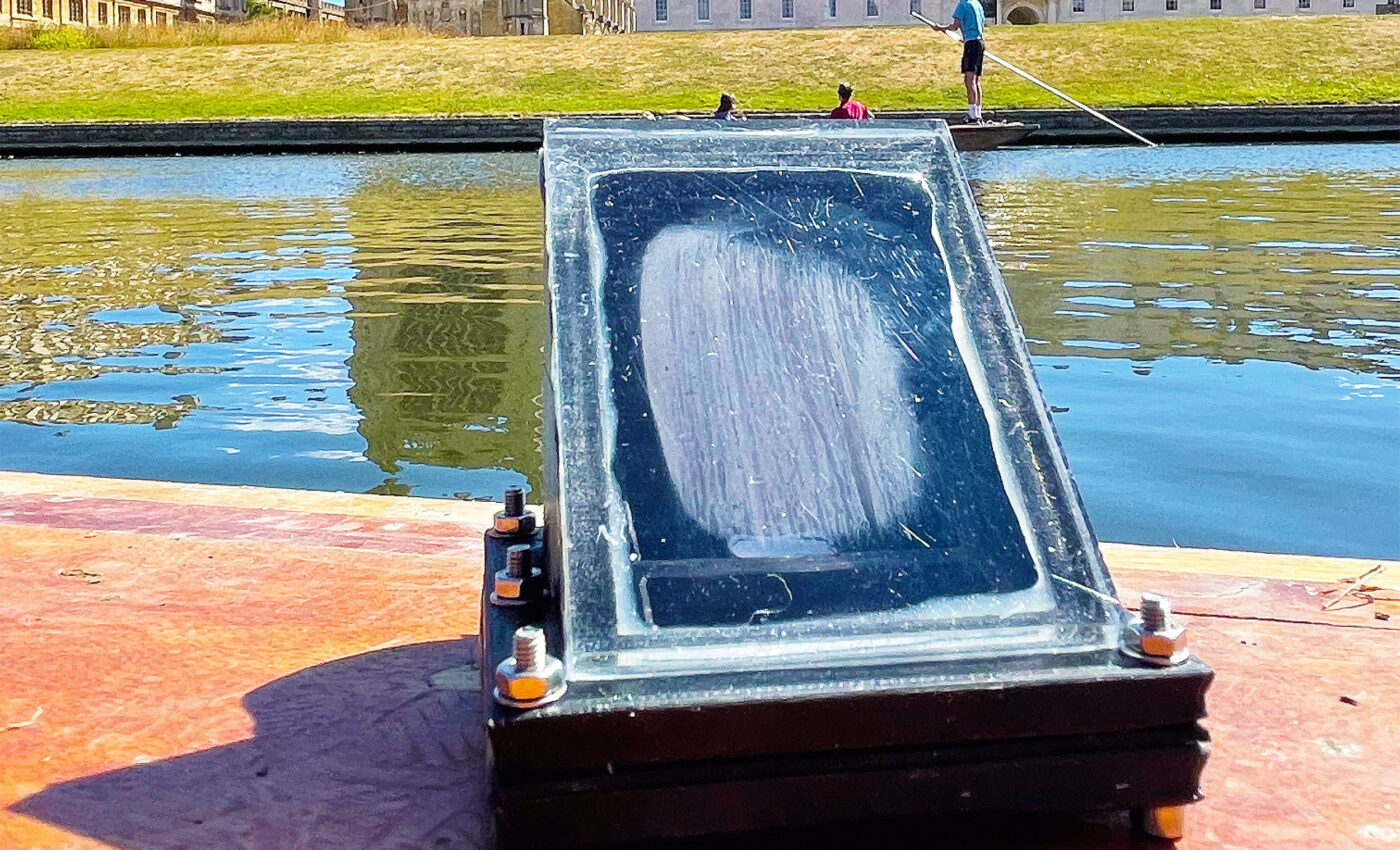
This solar-powered device produces both clean water and clean energy
Researchers at the University of Cambridge have made a significant breakthrough in the field of renewable energy and water purification. They have developed a solar-powered device capable of transforming contaminated water or seawater into clean hydrogen fuel and drinkable water.
This innovation holds immense potential, particularly for resource-limited or off-grid areas, as it can function with any open water source without requiring external power.
Mimicking photosynthesis for clean energy
The technology is inspired by photosynthesis, the natural process by which plants convert sunlight into energy. However, this device, an advanced version of the ‘artificial leaf‘, is unique in its ability to operate using polluted or seawater sources while simultaneously producing potable water. Earlier models of such devices were limited to using clean water sources to produce green hydrogen fuel.
Extensive tests have demonstrated the device’s ability to purify water from various sources, including highly polluted water, seawater, and even water from the River Cam in Cambridge.
Technical challenges and solutions
“Bringing together solar fuels production and water purification in a single device is tricky,” explains Dr. Chanon Pornrungroj, co-lead author of the study.
Traditional solar-driven water splitting involves breaking down water molecules into hydrogen and oxygen. It requires completely pure water as contaminants can impede the process.
Co-lead author Ariffin Mohamad Annuar highlights the device’s significance in remote or developing regions, where access to clean water and purification infrastructure is limited. The device not only splits water to produce clean fuel but also generates drinkable water, addressing two critical challenges simultaneously.
The device’s design was conceptualized by Pornrungroj, Mohamad Annuar, and their team in Professor Erwin Reisner’s research group. It features a photocatalyst deposited on a nanostructured carbon mesh.
This mesh absorbs light and heat, generating water vapor used in hydrogen production. Additionally, the carbon mesh is treated to repel water, ensuring it floats and remains uncontaminated by the water below.
Solar energy produces clean water and energy
The team has innovatively expanded the device’s ability to harness solar energy. Mohamad Annuar points out that traditional light-driven processes for making solar fuels utilize only a small portion of the solar spectrum.
In contrast, their device includes a white, UV-absorbing layer on top for hydrogen production, while the rest of the solar spectrum is used to vaporize water at the bottom of the device. Pornrungroj notes, “This way, we’re truly mimicking a real leaf, incorporating the process of transpiration.”
Real-world implications
This device has far-reaching implications for addressing global energy and water crises. For instance, replacing ‘dirty’ fuels like kerosene, responsible for over three million deaths annually due to indoor air pollution, with green hydrogen could significantly reduce this number. Moreover, with 1.8 billion people worldwide lacking safe drinking water at home, this device offers a beacon of hope.
“It’s such a simple design: in just a few steps, we can build a device that works well on water from a wide variety of sources,” says Mohamad Annuar. Pornrungroj adds, “It’s so tolerant of pollutants, and the floating design allows the substrate to work in very cloudy or muddy water. It’s a highly versatile system.”
Professor Reisner, who led the research, views this device as a critical step towards a sustainable and circular economy.
“The climate crisis and issues around pollution and health are closely related, and developing an approach that could help address both would be a game-changer for so many people,” he concludes.
While currently a proof of concept, the device represents the type of innovative solutions needed to tackle the intertwined challenges of climate change, pollution, and health.
The full study was published in the journal Nature Water.
—
Like what you read? Subscribe to our newsletter for engaging articles, exclusive content, and the latest updates.
—
Check us out on EarthSnap, a free app brought to you by Eric Ralls and Earth.com.













